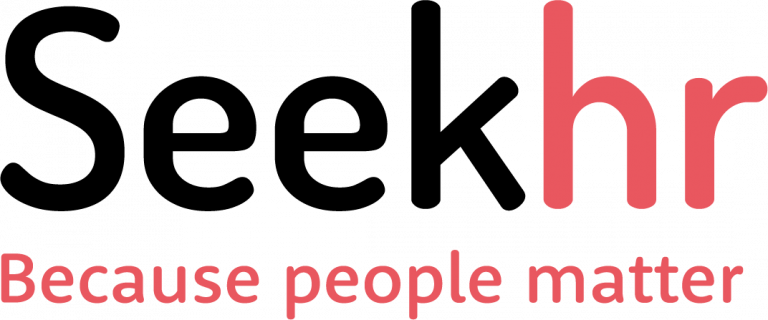The jobs market improved significantly in 2015 — according to the ONS by the end of the year more than half a million more people were in work than at the same point in 2014 and the unemployment rate, at just 5.1%, hit its lowest level since before the financial crisis.
How about so far this year? Some say it’s not looking quite so rosy. Bloomberg recently reported that the jobs market was showing signs of cooling. Fewer than 50,000 jobs were added in Q1, the number of advertised vacancies declined, and the growth in wages we’d seen during 2015 started to slow (though only a little).
Sometimes changes like this leave economists and recruitment professionals scratching their heads. Not this time.
Referendum uncertainty
The Brexit vote on Britain’s future membership of the European Union has, so the statisticians say, had a definite “cooling” effect on the jobs market.
It’s not all down to the referendum — some global factors, including a slowing of growth in China and uncertainty around the US election, as well as local factors, such as the recently imposed national living wage, are contributing too. Overall, though, it’s hard to avoid the charge that uncertainty has slowed things down.
Employers are now turning to temporary workers to fill in the gaps until we are politically more stable. Alan Clark, a Scotiabank economist, recently said that the timing of the decline was particularly striking as the reason for the last drop in employment was ‘ahead of the general election and amid the uncertainty’. That same uncertainty applies again now, according to Clarke: ‘pre-Brexit jitters should begin to hold back job growth’. In other words, this is to be expected.
Certain sectors are seeing a more obvious delay in hiring as they await the result of the poll. The manufacturing sector, especially, has seen a particular slow down with the number of permanent roles advertised reducing. Industries from steel to car making, which rely on trade with other European countries, are biding their time until they know the future.
But, overall, the jobs market is strong
Things aren’t anywhere near as dire as those stats might have you think.
PwC, in their recent UK Economic Outlook report, projected that employment could increase by 3 million over the next decade, with almost half of those coming in the professional and business services sectors. Some key economic indicators, like consumer spending, are still rising, as well.
Whether your salary grows or falls could come down to the sector you work in. Successful job seekers in creative industries could be in for a slightly higher salary than last year. Salaries in the creative and design sectors averaged £31,524 in April, up 4.7 per cent from £30,115 the previous year, according to research by Adzuna, a jobs board.
Graduate employment looks strong, too. An investigation by High Fliers Research, a market research company, found the country’s top employers plan to expand their graduate recruitment by a further 7.5% in 2016, the fourth consecutive year that graduate vacancies have increased. Starting salaries are holding up too, with some firms (in law, finance, and energy) topping £40k.
So, while there’s no hiding from the fact that tomorrow’s vote has put a damper on things, a deeper look at the data says the story is a bit more nuanced than some of the headlines might have you believe.
In fact, PwC conclude that — even despite the referendum and other risks — they are ‘still optimistic about the UK jobs outlook… the UK remains a great job creating machine, and this should continue to support consumer spending growth and keep the recovery going despite recent global turbulence’.
We’ve all read so many contrasting views on the possible effects of Brexit and how many jobs might be at risk. The one thing most of us are sure of now, is that no one knows exactly what will happen. While uncertainty, especially in the event of a vote to leave, could lead to businesses scaling back, the UK labour market has proved itself to be robust and adaptable during a roller-coaster period of economic uncertainty thus far.
Only time will tell what the future holds (but at least we’ll have a good start at the answer by Friday morning!).




